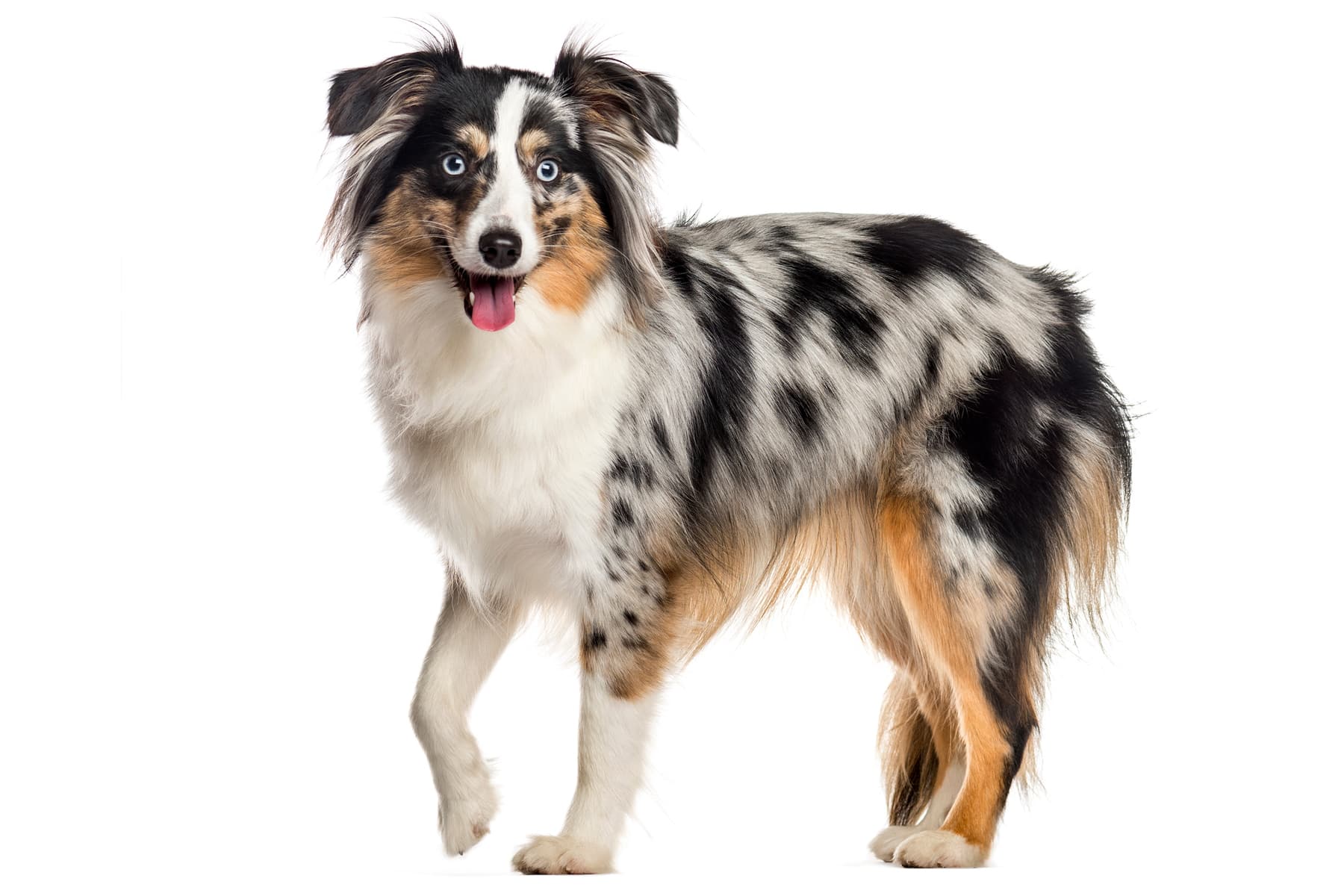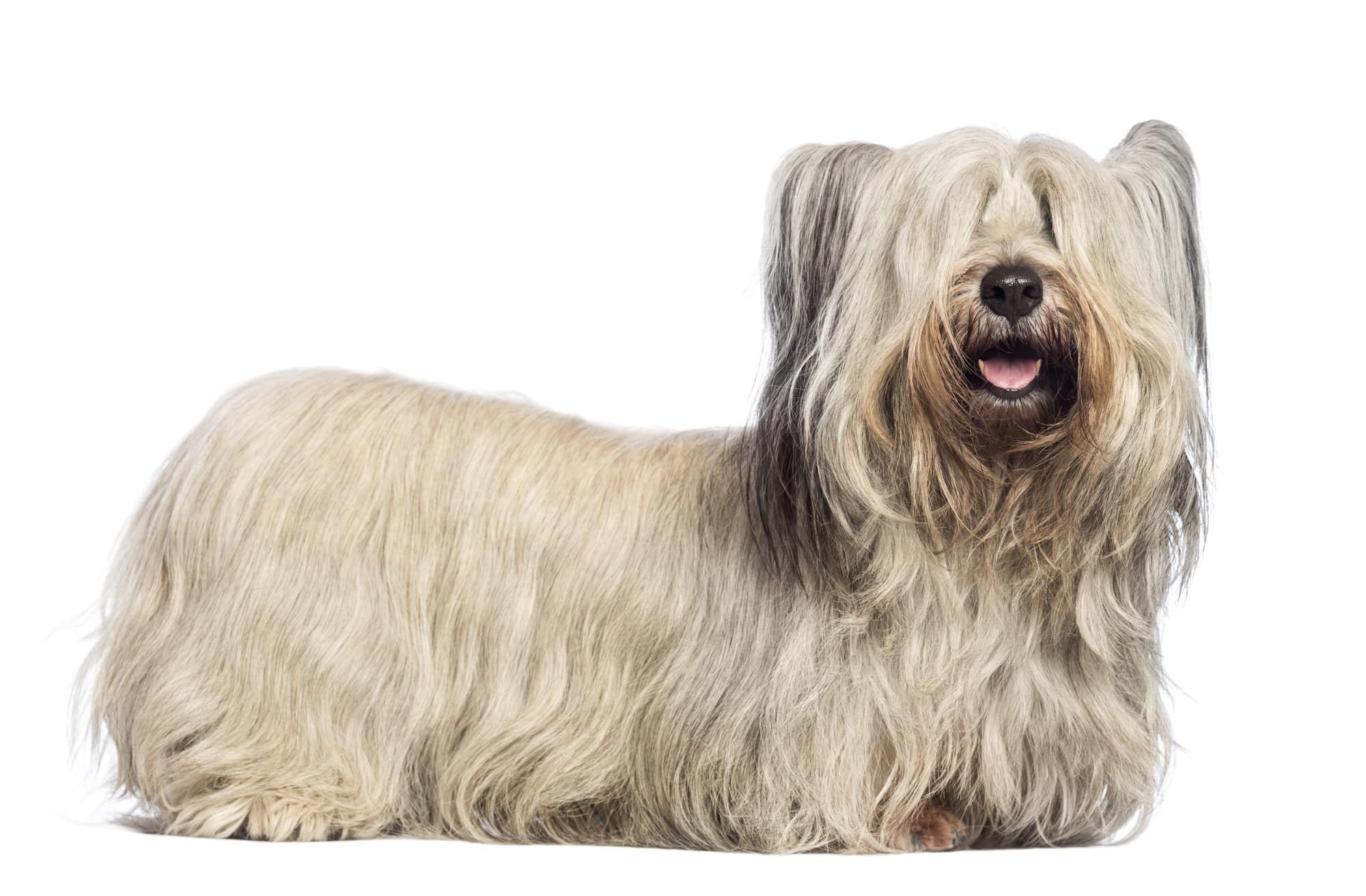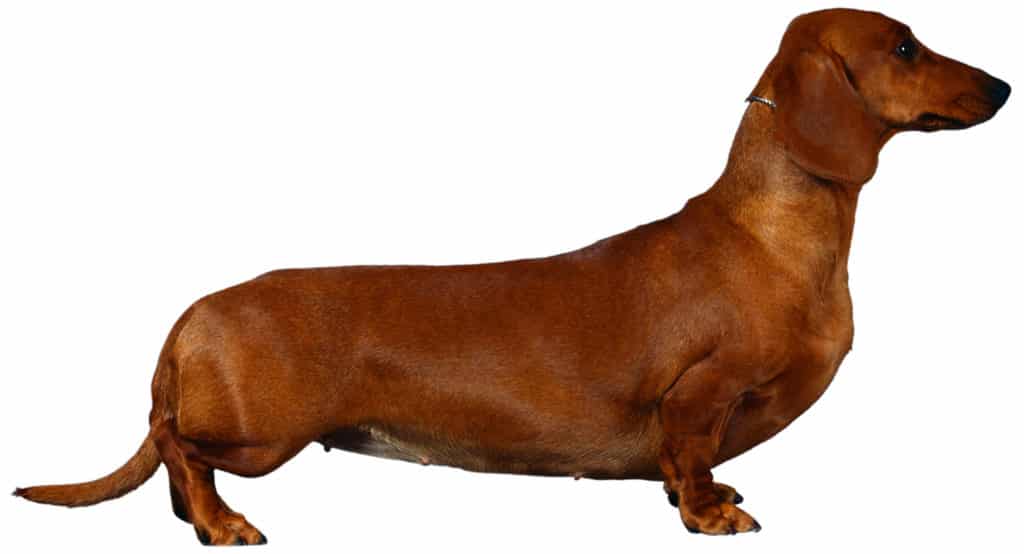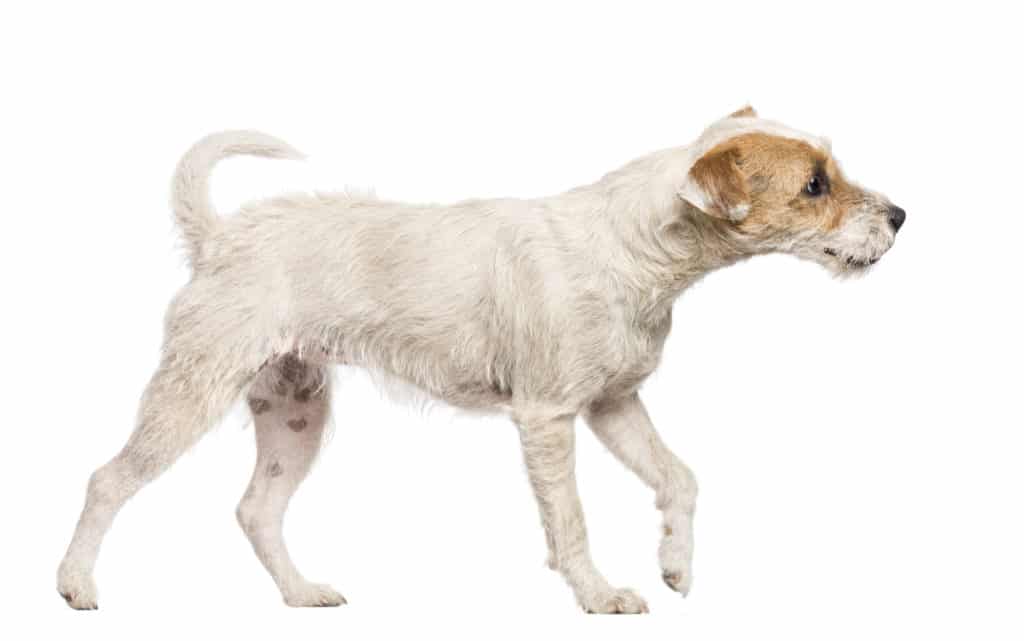Cairn Terrier
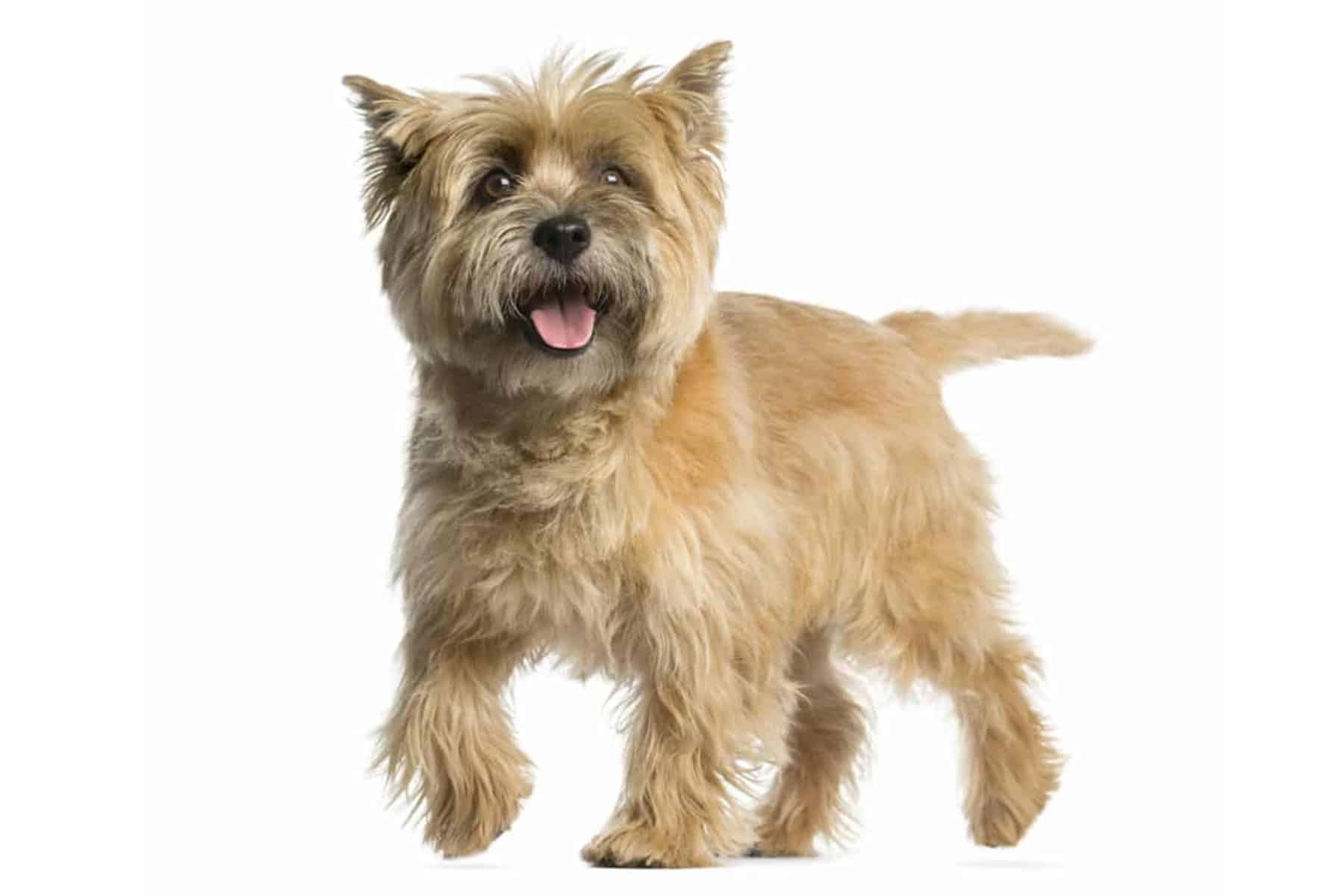
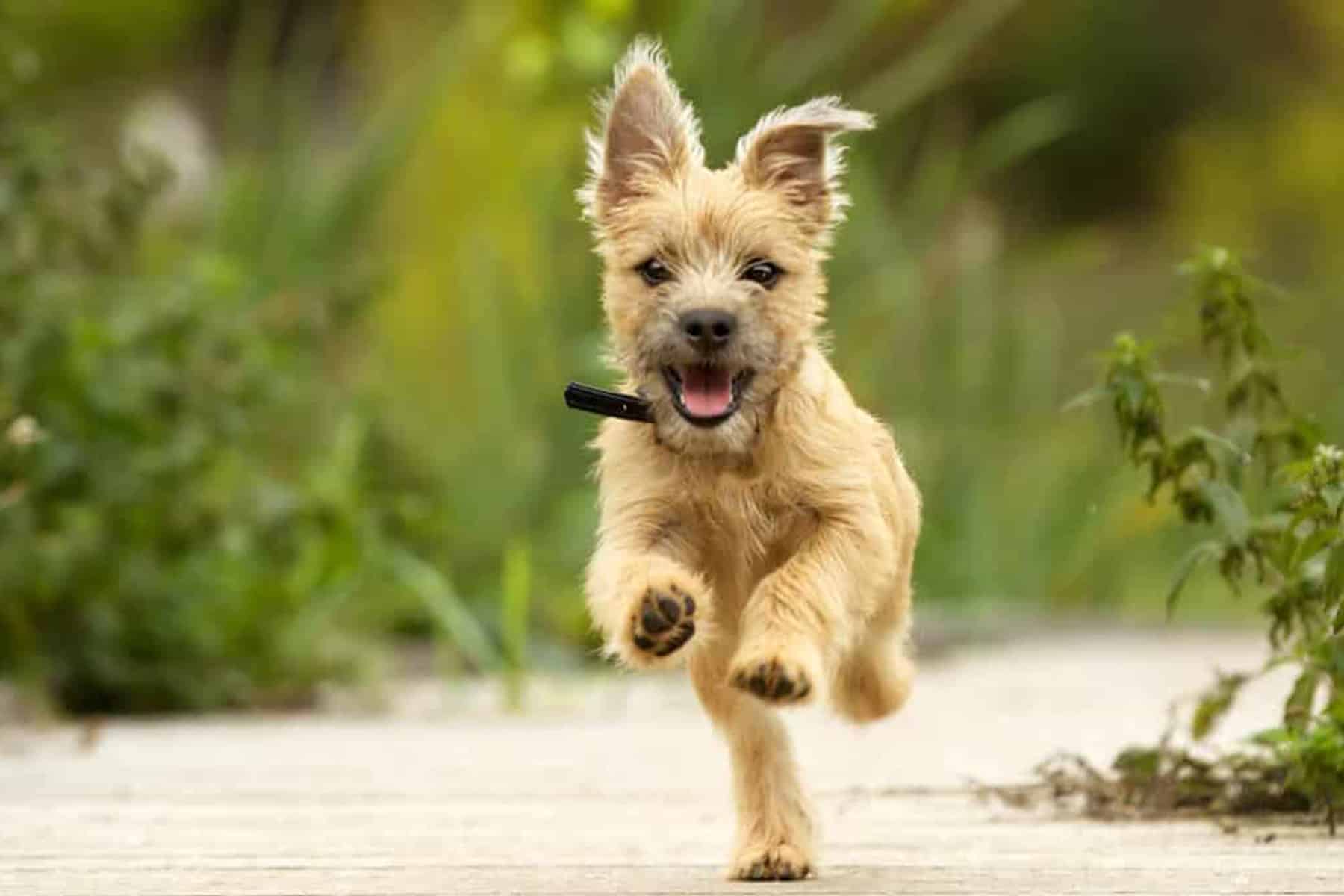
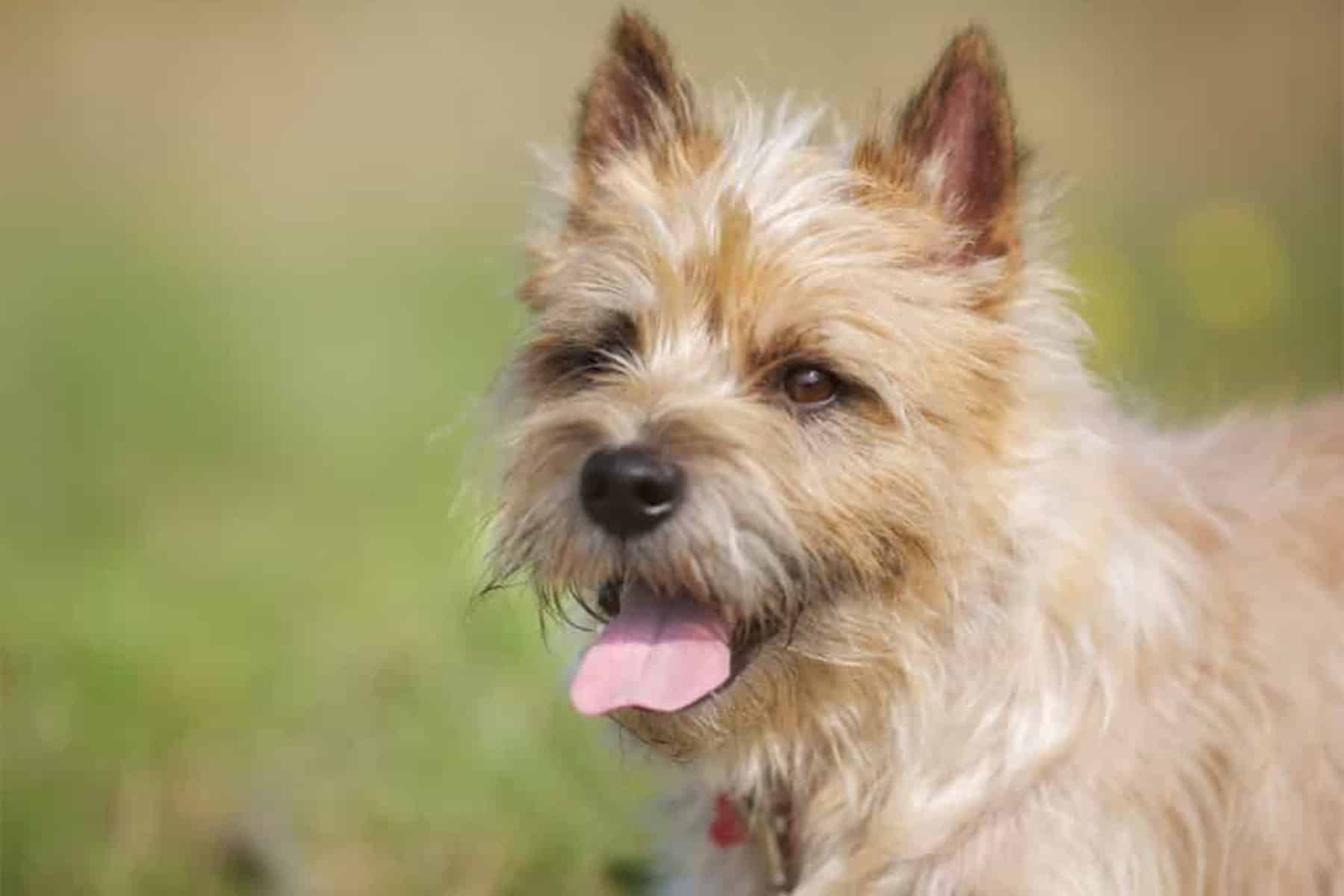
Temperament:
The Cairn Terrier belongs to the so-called low breed terriers (FCI Group 3). It is one of the oldest British or Scottish terriers. A lover of the breed once described these dogs as goblins. And when you see these little rascals, you can see why.
Characteristics
The small, pointed ears sit alertly on the head and the eyes often flash an adventurous look. The short, shaggy coat always makes a Cairnie look a little daring. Yes, you can recognize the leprechaun in these adorable dogs!
The shoulder height of adult animals is only about 28 - 31 cm. The dogs reach a weight of 6 - 7.5 kg. This makes them one of the rather small and compact dog breeds.
It is important not to underestimate the Cairn because of its small size. As a terrier, it has a strong hunting instinct. You should definitely be aware of this if you want to get a dog of this breed. This hunting instinct cannot and should not be suppressed, it is in the dog's blood, so to speak. However, it can be trained and controlled with the right consistency.
In the past, they were bred to hunt rats, foxes, wild cats and martens. This has given the Cairn Terrier a certain independence. This is sometimes misunderstood and has given the Cairn Terrier a reputation for being stubborn. However, this is generally not the case.
Dogs of this breed are intelligent and alert. They make their own decisions when they deem it necessary. However, they are also very docile and people-oriented. Cairn Terriers want to please their owner. Therefore, despite their independence, they are easy to train with a little consistency.
Anyone who has a Cairn Terrier around them will immediately notice the remarkable cheerfulness of these dogs. They are always in the mood to play, always have a mischievous streak in their neck and dash around nimbly. Cairnies are real "good mood dogs"! They have a remarkable sense of their humans' moods and sometimes become an animal comforter.
As they are also fun to be around and are often very good-natured towards children, they make great family dogs. But they also feel at home as single dogs. Their great adaptability makes them the ideal companion dog for almost anyone.
The Cairn Terrier also owes its fearlessness and self-confidence to its origins as a fox and rat hunter. Despite their small size, they know how to hold their own. They are by no means aggressive and do not tend to bark excessively.
Their shaggy coat gives them a smart appearance. Standard coat colors are cream, grey, reddish and dark brown. The coat is also often brindle. The colors black and white are not desired in breeding, but do occur occasionally. A dark mask on the face is typical of all colors.
Coat care:
Shedding:
Energy level:
Trainability:
Children suitable:
The right food
In general, Cairn Terriers are very robust dogs with a long life expectancy. However, as with many small dogs, there is a certain tendency to patellar luxation. This is the name given to the patella popping out of its socket. This painful injury can be encouraged by an incorrect diet. There are therefore a few points to bear in mind when feeding your dog.
Risk factors for patellar luxation are overweight and poorly developed muscles. Cairn Terriers are generally not prone to the former. These dogs are so agile by nature that a healthy and sensible diet will not cause them to become overweight.
Feeding sensibly means, above all, responding to the dog and its needs. No two dogs are the same. Although many Cairnies are very agile, there are also calmer contemporaries. Perhaps your dog is older and no longer quite so agile. In this case, the amount of food must be adapted to the level of activity.
Another rule of thumb is that the amount of food must be adapted to the size of the dog. This is especially true for puppies.
To support healthy muscle tissue, attention should be paid to the regular feeding of high-quality animal protein sources.
As with all dogs, this also applies to the Cairn Terrier. A balanced and varied diet is the basis for good health. Sweets and food from the table are taboo for every dog!
Health & Care
The grooming requirements for a Cairn Terrier are relatively low. Its shaggy coat is weather-resistant and dirt-repellent. This is due to its original use as a hunting dog in the Scottish Highlands. Dogs that are used there must be weatherproof.
It is sufficient to brush the Cairnie thoroughly once a week with a coarse comb. This removes any stuck-on dirt and prevents vermin. Brushing or combing too often can actually damage the structure of the coat.
The coat of the Cairn is double-layered. Under the rough and robust top coat is the soft undercoat. It warms and protects the dog. You should avoid damaging this undercoat by brushing it too often. It is also not advisable to shear the dog to protect the undercoat!
Your Cairn Terrier's coat should be trimmed about three to four times a year. This involves plucking out dead hair. This does not hurt the dog. It is necessary so that the coat can grow back healthy and beautiful.
If you are unsure, ask an experienced breeder or dog groomer. You can easily be shown the correct technique and your dog won't mind. It is important to get your dog used to being trimmed as a puppy.
Grooming also includes keeping the ears clean. Remove any hair that may have fallen out. Clean them carefully with a soft cloth. The ear must be well ventilated, otherwise dogs are prone to ear infections.
The eyes should also be cleaned of dirt with a cloth from time to time. This tends to collect in the corners of the eyes and can lead to infections.
Suitable accessories
Cairn Terriers are smart and intelligent dogs that love to play. You can buy a range of toys to keep your dog mentally fit. Clicker training can also be fun for your Cairnie. These very docile little dogs want to please their humans.
Cairn Terriers love small search games. They need regular mental work to keep them occupied. As a reward for success, you can stock up on healthy treats.
A special dog brush with wire bristles is sufficient for grooming. A coarse-toothed comb completes the grooming equipment.
A lead, collar or harness, a dog basket as a retreat and a food and water bowl should not be missing.
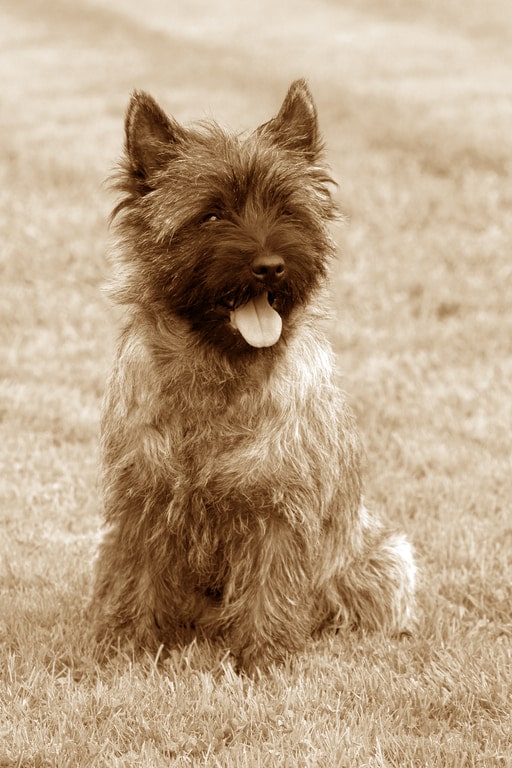
Origin & History
The Cairn Terrier is a true Scotsman. Its name comes from the Gaelic word for cairn. It refers to the fox dens and rat holes in which he hunted.
It is known that Scottish clans kept small terrier-like dogs as early as the 16th century. Different clans had different breeding styles. Gradually, what we know today as the Cairn Terrier developed.
It is probably the oldest of the four Scottish terrier breeds. But it was not until 1911 that it was the last of these four to be officially recognized as a breed.
Around 1910, these dogs also became fashionable in neighboring England. The then King George V brought a Cairn Terrier back from a vacation in Scotland. The public was delighted and interest in these dogs grew.
At that time, there were still white Cairns and also a long-haired breed. These were later bred as separate breeds for better differentiation. The long-haired Skye Terrier developed from the Cairn.
The white West Highland White Terrier is also related to the Cairn. Until the 1920s, white Cairn Terriers were "sorted out" from a litter and registered as West Highland Terriers. In the meantime, both forms and colors are bred separately.
Today, the Cairn is widespread and popular throughout Europe. In Germany, they have been known and bred since the 1920s. In Canada and the USA, too, there are now fanciers and clubs dedicated to the cute little Scotsman.
